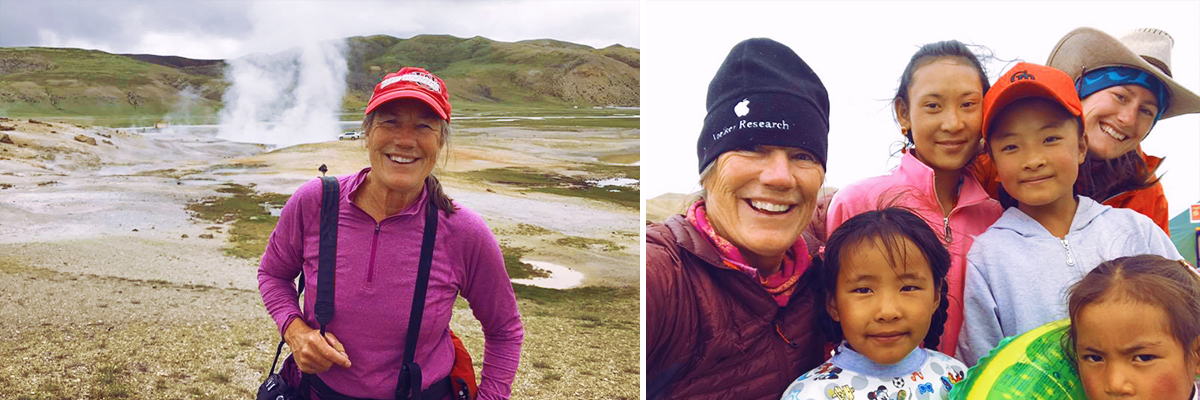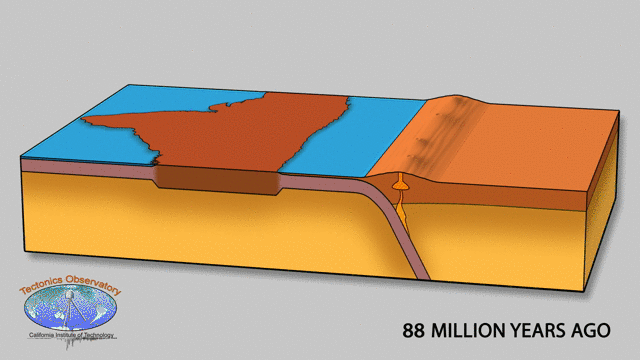NEWS
Geothermal Journey to Tibet for Co-lead Laura Crossey
Dr. Crosey traveled with a team to Tibet to try and locate the underground boundary of the Eurasian and Indian tectonic plates.

Caption will be small, just to the right of the image and can be as long as we need it to be. Scrolls with the page, meaning it and the image will disappear as we scroll.
image credit here in gray
2 minutes
By
Natalie Rogers
Geothermal co-lead Laura Crossey recently traveled to Tibet as part of an international research team tasked with studying geothermal systems in the complex tectonic boundary region of Tibet. Her team is looking at the system that formed the Himalayan mountains—where the Indian Plate, moving north, collides with the Eurasian Plate—because scientists still don’t understand the geometry of how and where exactly the two plates meet. This collision and mountain-building is called the suturing process.
Sutures are the remains of subduction zones, often marked by mountain ranges. The team recently spent 30 days covering over 3500 miles sampling gases and geothermal fluids in several locations in Tibet to identify and quantify the gases seeping up from the mantle. Those samples will be analyzed at UNM and Stanford.

The efforts of this research will lead to greater knowledge of the entire region below the surface, allowing scientists to draw better cross-sections, which in turn offers a better opportunity to integrate this new knowledge into educational earth science curricula.
“We are using geochemical tracers to better constrain the suturing process at this important tectonic boundary,” says Dr. Crossey. “The subtle changes in compositions of exotic solutes and gases rising to Earth’s surface in remote and beautiful hot springs will help us understand what is happening deep below, and complement existing seismic data.”
Dr. Crossey’s project, “Collaborative Research: Helium-isotope Systematics Along Seismic Profiles in Tibet to Study Geometry of Indian and Tibetan Lithosphere,” is supported through 2019 by the National Science Foundation, award #1627390.